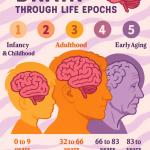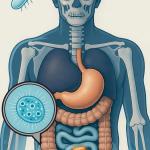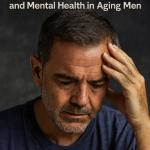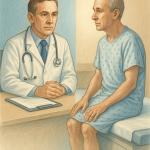A Year-Long Plan for Lifestyle Change
Disease
Join Cameron English and Dr. Chuck Dinerstein on Episode 147 of the Science Dispatch podcast as they discuss:
“These eras provide important context for what our brains might be best at, or more vulnerable to, at different stages of our lives.
“An empath is a person who has the ability to feel what others are feeling and understand what others are feeling.”
- Chivonna Childs, PhD
As we adjusted to this new geometry of safety, we also argued over rules, risks, and responsibilities. Yet beneath those debates lies a simple truth: the shape of our networks, both social and spatial, profoundly influences how disease spreads.
I went home with the waitress
The way I always do
How was I to know
She was with the Russians, too?
Join Cameron English and Dr. Chuck Dinerstein on Episode 143 of the Science Dispatch podcast as they discuss the chaotic climate in the human gut:
Men’s mental health changes with age—but not always for the reasons people assume. While hormones matter, they’re only part of a bigger picture.
This is the tenth anniversary of my diagnosis with prostate cancer. I suppose the more clickable way to express that thought is that ten years ago, I began my journey as a prostate cancer survivor.











